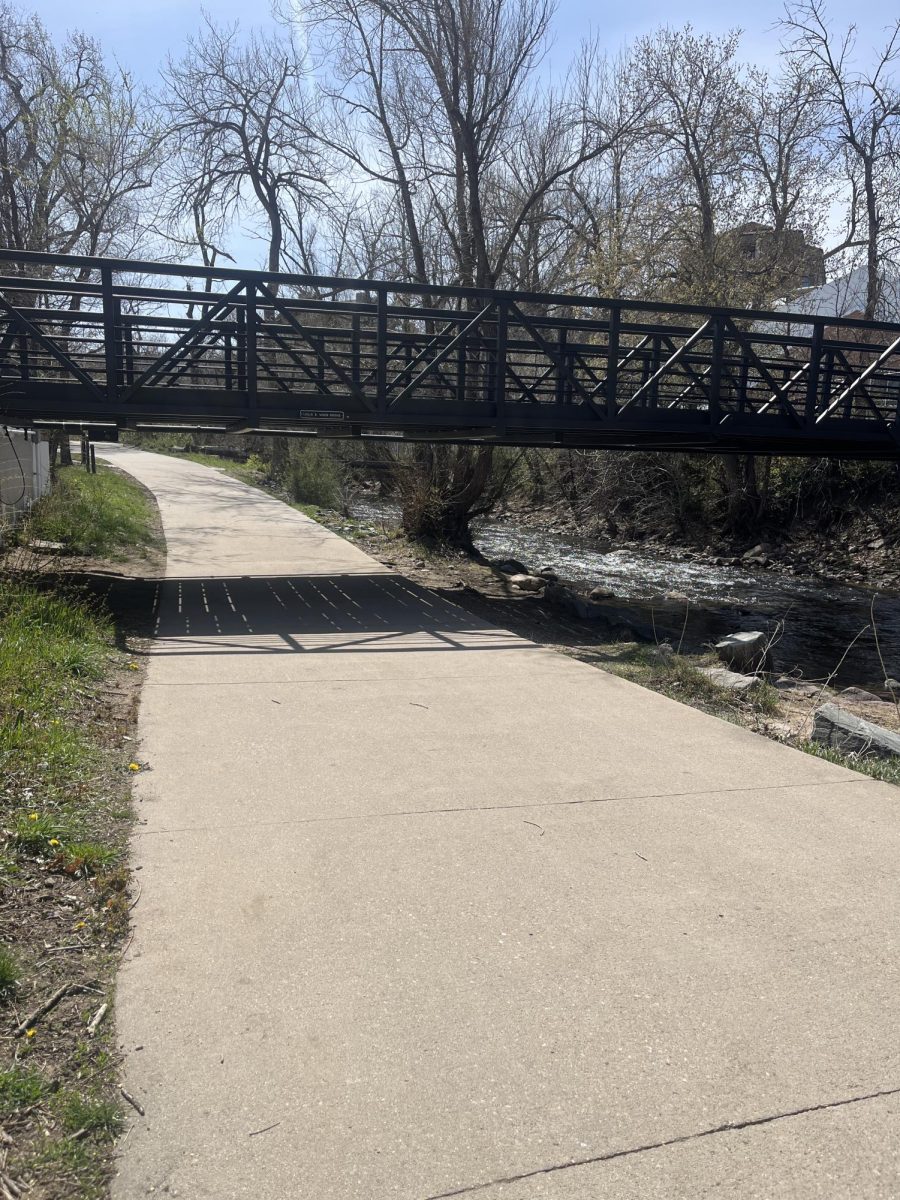Homelessness is a dilemma that consumes much of Boulder. Walking downtown on Pearl, around the bandshell, or along the creek path, you’ll inevitably encounter an unhoused person. Even though this is a consistent part of life, many Boulderites are uncomfortable interacting with the homeless population for fear that the encounter will result in violence or some other undesirable outcome.
Personal interactions are not the only thing that people are worried about with homelessness; there is concern around waste, both human and garbage, drug use, housing, crime, and so on. It is estimated that 450 homeless people live in the city of Boulder, CO, according to the City of Boulder. For perspective, just over 100,000 people live within the city limits, meaning less than half of one percent of Boulder’s population is homeless.
There are immediate resources available for people living without a stable home. Services such as shelter, meals, mental and physical care, and others exist. Some of these organizations are entirely focused on helping homeless people. For example, Boulder Shelter (4869 N Broadway St, Boulder, CO) offers shelter, meals, and case advisement. The Bridge House (1440 34th St, Boulder, CO) is another resource. They offer a multitude of services: showers, laundry, meals (daily meals or directing people to food pantries), and programs that assist people in finding stable homes and jobs. Although housing and meals are immediate necessities, there are other types of assistance that are needed for those unhoused.
A survey taken in July 2024 revealed that out of seventy-nine people, thirty-nine said that they struggle with mental health issues. While this isn’t data that necessarily relates to the entire homeless population, it provides insight into how many people are struggling.
Mental and physical health services are crucial for people experiencing homelessness. Mental Health Partners is a nonprofit organization that provides mental health services not specifically for but including homeless people. Their services are not limited to mental health concerns but also include substance use issues and case management.
Homelessness doesn’t solely affect single adults. There are teens, kids, and families struggling as well. TGTHR (formerly Attention Homes) remains to be a good resource for children experiencing homelessness by providing food, housing, and case management help.
Immediate help offered within the described resources above is crucial to helping people recover from homelessness. Those resources are more instant, but on a bigger scale, there is legislation being made to help this community. The city of Boulder states that its strategy to aid this population is to “expand pathways to permanent housing and increase access to programs and services.” This strategy was implemented in 2017 in collaboration with Longmont and Boulder County. It was stated that an updated version of the homelessness strategy will be released in April 2025, finalized in May, and everything should be “completed” by July.
The updated plan promises some difficult things to achieve, such as subsidized housing for those struggling to maintain a stable lifestyle. For this to work, adequate funding is needed, which has proved to be challenging. For instance, Bluebird is a housing development that had constant drug and crime reports, so much so that the city of Boulder decided that money coming from the affordable housing tax can not be used on permanent housing programs at all in the town of Boulder. Obstacles like this make it hard for real progress to be made. However, with this new revised version of the homelessness strategy, we may see advancements that will be long-term and universally helpful.
The best way to truly understand the challenges Boulder faces in combatting homelessness, as well as to be more empathetic to this population, is to understand people’s personal stories of being unhoused.



